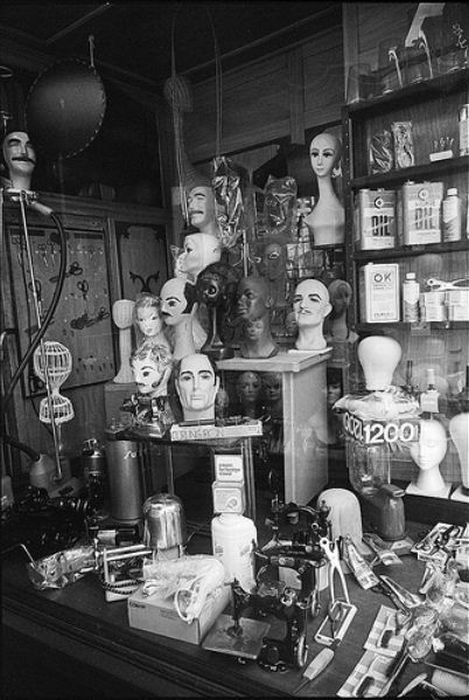|
|
History: Streets Of New York City, 1974, United States
|
From 1968-1979 Seatrain Shipbuilding Corp. was the major employer inside the Brooklyn Navy Yard. The shipbuilders of Seatrain Shipbuilding bult the largest ships ever to be built inside the once great Yard. Ships built (VLCC's very large crude oil cariers) Brooklyn, Williamsburg, Stuyvesant and Bay Ridge. Seatrain Shipbuilding also built eight barges and one ice breaker barge. The ecomomic stimulus Seatrain Shipbuilding provided to the City of New York is est. around $750,000,000 from 1968-1979 http://www.BrooklynSteelBloodTenacityAppendix.com The transition away from the industrial base toward a service economy picked up speed while the large shipbuilding and garment industries declined sharply. The ports converted to container ships, costing many traditional jobs among longshoremen. Many large corporations moved their headquarters to the suburbs, or to distant cities. However there was enormous growth in services especially finance, education, medicine, tourism, communications and law. New York remained the largest city, and largest metropolitan area, in the United States, and continued as its largest financial, commercial, information, and cultural Center.
Like many major U.S. cities, New York suffered race riots, gang wars and some population decline in the 1960s. Street activists and minority groups like the Black Panthers and Young Lords took matters into their own hands and organized rent strikes and garbage offensives, demanding city services for poor areas. They also set up free health clinics and other programs, as a guide for organizing and gaining "Power to the People." By the 1970s the city had also gained a reputation as a crime-ridden relic of history. In 1975, the city government avoided bankruptcy only through a federal loan and debt restructuring by the Municipal Assistance Corporation, headed by Felix Rohatyn. The city was also forced to accept increased financial scrutiny by an agency of New York State. In 1977, the city was struck by the twin catastrophes of the New York City blackout of 1977 and the Son of Sam serial murderer's continued slayings. These events were perhaps the impetus to the election of Mayor Ed Koch, who promised to revive the city.
|
|









